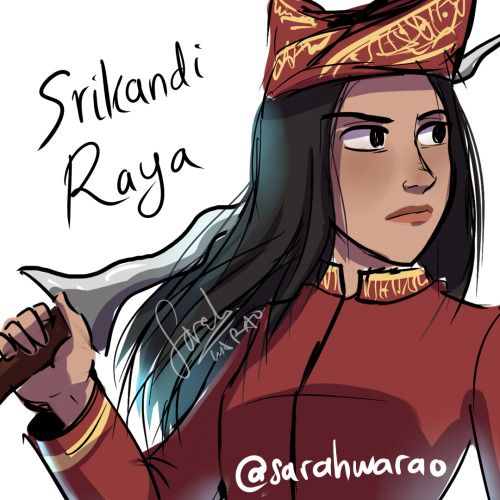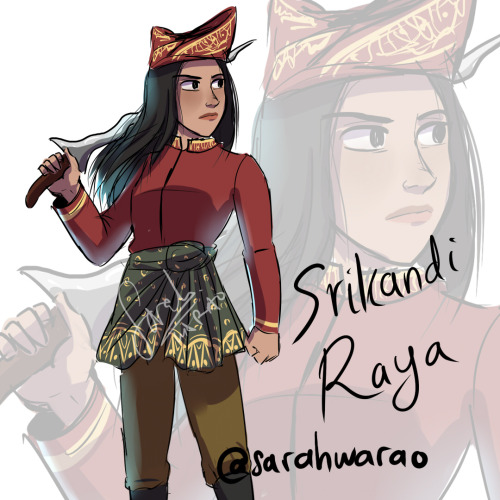#southeast asia
Also known as the “flying lemur,” these large tree-dwellers live in the rainforests of Southeast Asia. They are nocturnal and eat leaves, shoots, and flowers. To protect and transport a baby colugo, the mother curls her tail up to form a quasi-pouch.
Post link
Remembering Vietnam
January 27, 2020
When I opened my eyes a few days ago, sometime between 6:30 and 7am, the first person I saw was my wife, laying next to me with our dog nestled between us. Outside our bedroom window, I couldn’t separate the giant pine tree that usually sways its bathrobe-wide arms from the dark winter morning sky. “Can you believe a year ago today we were in Vietnam?” she asked. I could not. Wearing shorts in January, swimming in rooftop pools, riding on the back of Vespas through Ho Chi Minh City, and eating steaming bowls of pho in loud markets a few stalls away from women selling pig snouts and other innards felt like just weeks ago, not a year gone by. I thought about that trip, our delayed Honeymoon adventure, for the rest of the day. Here are some of my favorite shots from our two weeks exploring Vietnam together.
Post link
Hi! We’re SEASFF Publishing and we want to make publishing Southeast Asian-inspired Science Fiction and Fantasy, written by Southeast Asians, an accessible reality. In order to do that, we’re going to need your help to understand what kind of stories you’d love to read and what you’d be willing to support. Please take about 5-10 minutes out of your day to answer some questions and help us out.https://goo.gl/forms/RKLYQFENW9Llo0GP2
If you’re interested in Southeast Asian-inspired Science Fiction, Fantasy, and connected genres, please come join the discussion at our Facebook Group, which is currently the main place where we will post updates about our project.




Wearing a mask could save a life.
Buying a mask helps support only out of work ass.

Toraja women, Indonesia, by Bertrand DEVIMEUX

Dayak father and son, Indonesia, by David Lazar

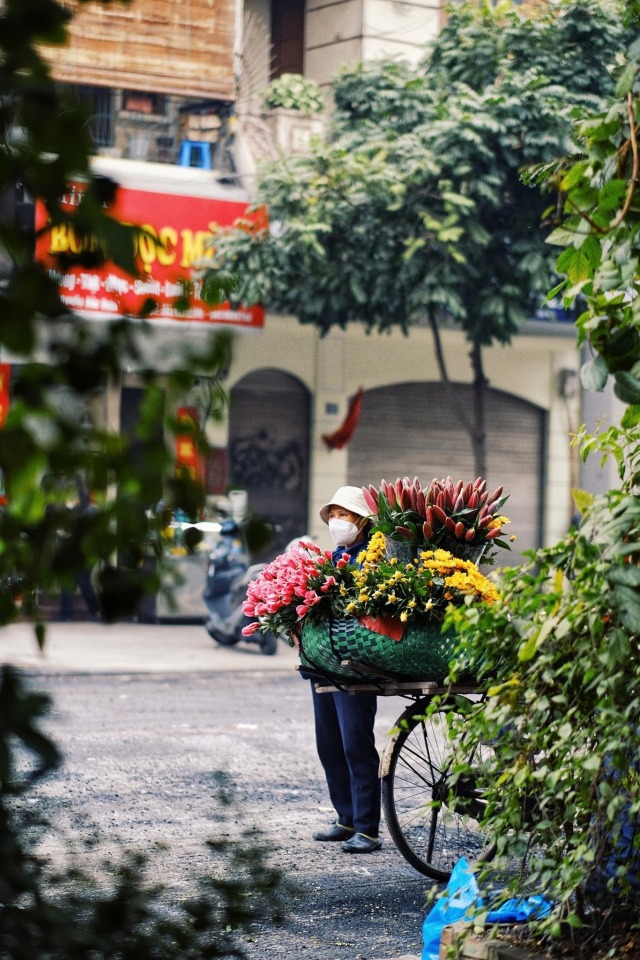
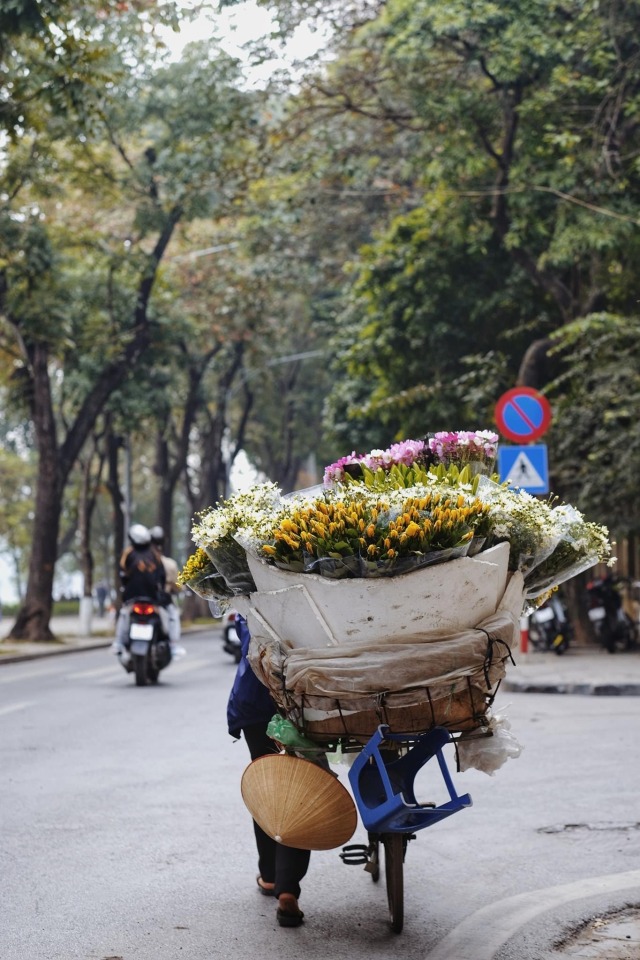






Street vendors of Hanoi. Credit to Nguyen Ngoc Tu.

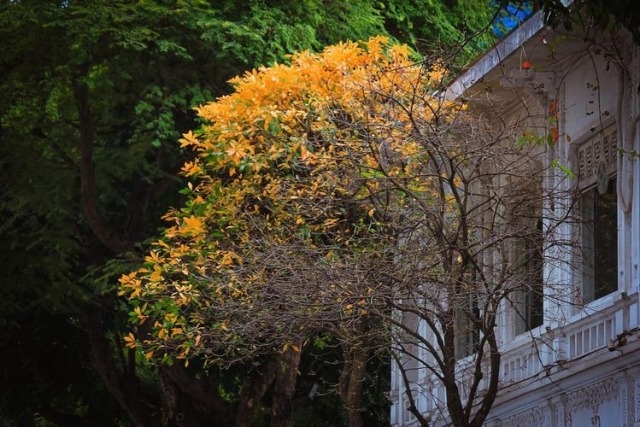




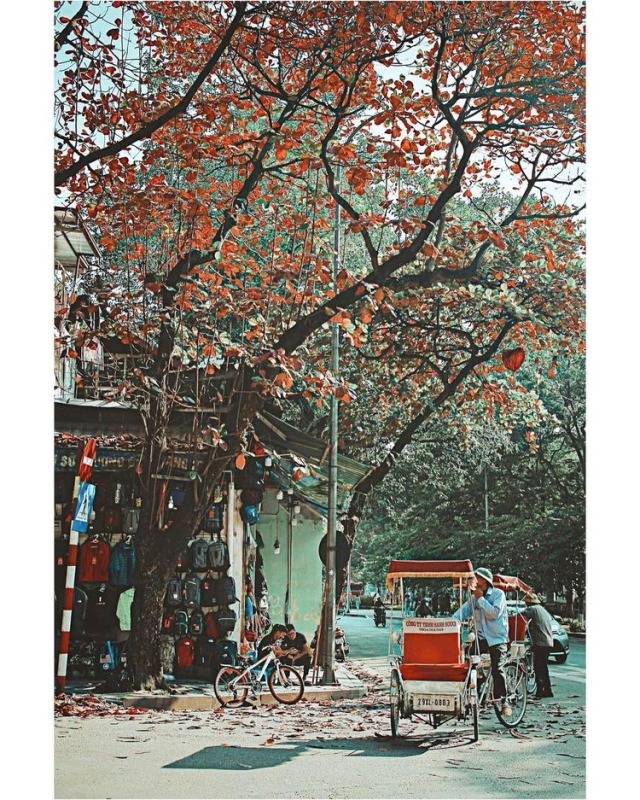



Hanoi. Credit to phomiendu (Instagram).
The Magic Behind the Lunar New Year Is Lots of Hard Work
1- A woman completes the incense-making process ahead of the Lunar New Year in Medan, Indonesia. (January 20, 2022) Kiki Cahyadi/Anadolu Agency via Getty Images
2- A worker climbs to clean a giant Buddha statue inside a temple in Manila, Philippines. (January 27, 2022) George Calvelo/NurPhoto via Getty Images
3- Baskets cakes, a popular Lunar New Year food, are prepared to steam in Bogor, Indonesia. (January 18, 2022) Adriana Adie/NurPhoto via Getty Images
4- Pots of apricot blossoms are offered for sale in Hanoi before Tet, as the Lunar New Year is referred to in Vietnam. (January 26, 2022) Nhac Nguyen/AFP via Getty Images
Post link
Myanmar Unanimously Defies Junta With Silent Strike
Myanmar’s people collectively showed their defiance of the junta with a successful nationwide silent strike on Friday, making it clear once again that the regime would never be allowed to rule them, despite its seizure of power from the country’s democratically elected government in a Feb. 1 coup.
Roads in cities across the country, including the commercial capital Yangon, the second-biggest city Mandalay and the administrative capital Naypyitaw, were deserted as people stayed home and shut down their businesses to join the strike.
Small vendors, local wet markets and wholesale markets were no exception, having shared the call to strike by word of mouth in the preceding days.
A local resident living near Hledan junction in Yangon’s Kamayut Township said the usually busy roadsides of her neighborhood had been quiet since morning, with shops and stalls closed and people staying off the street.
Maha Aung Myay, a grocery shop owner in Mandalay’s Sein Pan ward, told The Irrawaddy that he closed his shop for the whole day to participate in the silent strike.
He said junta forces on Thursday told people not to participate in the strike and promised to provide sufficient security for those who kept their businesses open. But the people defied their announcement and joined the strike anyway.
Nearly all supermarkets, shops and restaurants in Mandalay, including the Zay Cho market—the city’s busiest—and the Mahaaungmyay gem market, were closed on Friday.
In Meiktila, where the military’s proxy Union Solidarity and Development Party has a strong presence, authorities traveling in cars instructed locals to keep their shops open and not to participate in the silent strike.
A resident said, however, that only a few shops linked to the military and ward administrators were open in the town.
Even in Mandalay Region’s military-dominated town of Pyi Oo Lwin, which is home to the army’s officer training academies, photos shared by locals showed deserted streets and markets.
In Naypyitaw, the normally bustling Thapyaygone and Myoma markets were deserted after 10 a.m.
“This time the silent strike is more successful than the previous one [on March 24], with the whole city totally deserted, and not even a passerby or deliveryman in sight,” a Yangon resident said.
Myanmar people staged a silent strike on March 24 to disprove the junta’s claim to have reasserted “normalcy” in the country after the coup. It had a big impact, with the streets of Yangon and other cities practically deserted.
Timed to coincide with Human Rights Day, which falls on Dec. 10 every year, Friday’s silent strike was intended to demonstrate the Myanmar people’s continued opposition to the junta and to send a message to the world about the regime’s ongoing human rights violations and atrocities.
In response to the strike, the junta forces seized some goods from roadside stalls left unattended in Kamayut Township, and arrested three people for clapping in Mayangone Township, Yangon, when locals broke into a round of applause at 4 p.m. to celebrate the success of the strike. A small pro-junta rally was also held in Yangon amid the silent strike.
In Bago Region’s Pyay, local media outlet Myaelatt Athan reported that regime forces kicked and destroyed the doors of closed shops. Three shop owners who were spotted by patrolling regime forces were beaten and sworn at for closing their businesses.
The military seized power from the democratically elected government led by Daw Aung San Suu Kyi on Feb. 1 and formed its so-called governing body, the State Administration Council. Struggling to rule the country in the face of public resistance, the regime has in recent months escalated its crackdown on opponents of its rule.
According to one rights group’s count, regime forces have killed at least 1,323 civilians and arrested some 10,800 people over the past 10 months.
Post link
Amy Lee Sanford, b. USA, 1972
Full Circle
Cambodia (2012)
Durational performance
[Source], [Source]
Roger Nelson writes for The Advisor:
Full Circle is an unusual artwork: a durational performance piece which will challenge and transfix both artist and audience. For six consecutive days, Amy Lee Sanford will sit amid a circle of 40 Kompong Chhang clay pots. Slowly and deliberately, she will break one pot by dropping it on the floor. She will then gather the pieces and meticulously glue the pot back together, binding the fragments with string and returning the remade pot to the circle. Over six days, all 40 pots will be broken and remade in this way.
“I create art in order to observe, examine and transform the lasting effects of war, including trauma, loss, displacement and guilt,” Sanford explains. The repetitive process of breaking and remaking the pots, mesmerising in itself, is also richly allegorical of ways in which Sanford – like countless Cambodians – has had to reconstruct her understandings of her life and family.
Raised in the US by her Swedish-American adopted mother, she was the only Asian in her neighbourhood. “My father wrote frequent letters to my mother and me, but after April 17 1975, the letters stopped coming… After many months, and ultimately years of silence from his end, my mother made the painful deduction that he had been murdered by the Khmer Rouge, especially since my father was a known intellectual and educator. I grew up with the belief that all of my family had been killed during the Khmer Rouge era, and that I was the only surviving member of my bloodline. After only 13 years of life with my (adopted) mother, she died suddenly when I was 15. That loss
the first time in 30 years, to meet my uncle and cousins. The three- week whirlwind visit was exciting, exhilarating, and exhausting.” Full Circle is not the first of Sanford’s works to address the cycles of trauma in both her personal biography and the nation’s history,but it is the first in this radical format.
Post link
Hatem El-Mekki / حاتم المكي, b. Indonesia, 1916; d. Tunisia, 2003
Self Portrait
Tunisia (1984)
[Source]
Wikipediasays:
Hatem El Mekki was a prominent Tunisian painter. He was born in Batavia, Dutch East Indies. From 1957, his artwork appeared on a large number of postage stamps of Tunisia. El Mekki drawn the head of the coin used in Tunisia from 1988 to 1990 He died in Carthage in 2003.
Post link
Rodel Tapaya, b. 1980
Self Portrait
Philippines
[Source]
Arndt Fine Artsays:
At the heart of Rodel Tapaya’s work is his ongoing amalgamation of folk narrative and contemporary reality within the framework of memory and history. Utilizing a range of media — from large acrylic on canvasses to an exploration of under-glass painting, traditional crafts, diorama, and drawing — Tapaya filters his observations of the world through folktales and pre-colonial historical research, creating whimsical montages of his characters.
Post link
Soe Hnin Aung (SNA)
Self
Myanmar (2011)
Acrylic on Paper
[Source]
He mostly does abstract stuff. Here’s his Facebook!
Post link
Natalino dos Reis Pires
Self Portrait
Timor Leste / East Timor (2007)
[Source]
Natalino (Anata) dos reis Pires is an accomplished senior artist in residence in Arte Moris http://www.artemoris.tp/ in Dili the Free Art School. He comes from Suai Loro which is about 20 minutes drive from Suai on the Timor Sea…
Natalino says “My early drawing exercises were monitored by a friend of my brother from Indonesia who introduced me in different kinds of pencil techniques and how to analyze the shape of the object in the drawing. These moments made me feel free and since (those) days I (have) never stoped being creative, therefore art became my main passion in my life.” (Dili April 2009)
Post link
Last month I (illegally) watched Raya & the Last Dragon (because we don’t have Disney+.)
I don’t think I want to write again what I feel about Raya; as a Malaysian from Malaysia, one of Southeast Asia countries. But I’ll try my best to summarize.
This very quick sketch from last month, is my spite after watch it. :”) here just basic baju Melayu, one of Malay traditional clothes. On her head is tengkolok, on her waist is sampin.Srikandi means heroine/warrior woman. Why I chose this outfit? Well look at her fighting scenes and she’s gay to Namaari. I like her to wear masculine clothes. Hope I can explore more of THIS Raya I did when I have freetime.
The story is kinda okay, enjoyable, generic-ly normal IF we put SEA rep aside. The only good thing about Raya to me are FIGHT SCENES <3 and that homoerotic tension between Raya and Namaari.
Overall, aint pat Didknee’s back for doing the bare minimum there. Even the old concept arts looked like they’re more to East Asia than SEA. Mouse Corporate invest their money to R&D and this is what they produced??? If they didn’t market SEA rep so hard + media didn’t put Didknee on pedestal, then we’re still okay I guess. :/
OR, pick one of SEA countries’ fairytales and we’re hype regardless??? Each SEA countries have lots of diverse fairytales about princesses and deities???? (AND DONT LET ME START ON SISU DRAGON)
Oh welp, past is in the past.
With that, support Southeast Asian artists, writers, creatives & creators, y’alls. Support me. :) Besides Malaysia, if there’s other SEA countries’ version of Raya (Indonesia, Thailand, Laos, Myanmar, Philippines, Timor-Leste, Vietnam, Cambodia, Singapore, Brunei), go and support, reblog, support them.
________________________________________________________________
Red Herald webcomic|Instagram|Main Twitter|Art Twitter|Artstation|Portfolio (professional & job purposes) | Website (fun stuff)|DeviantArt
Post link

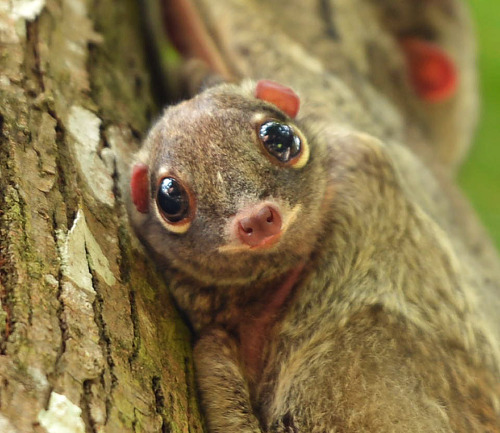

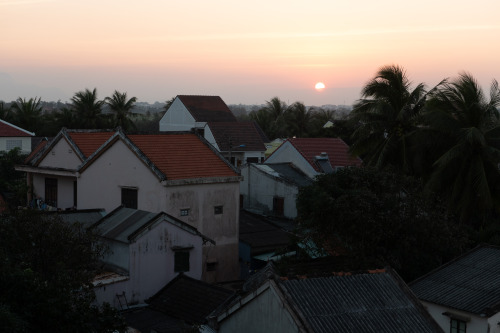
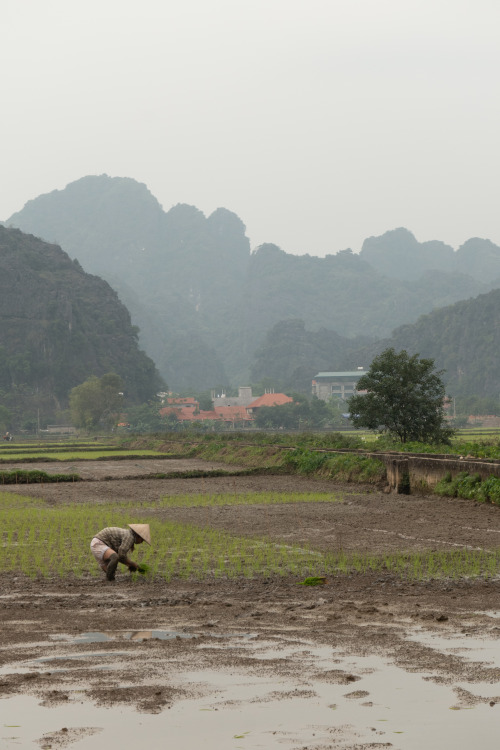



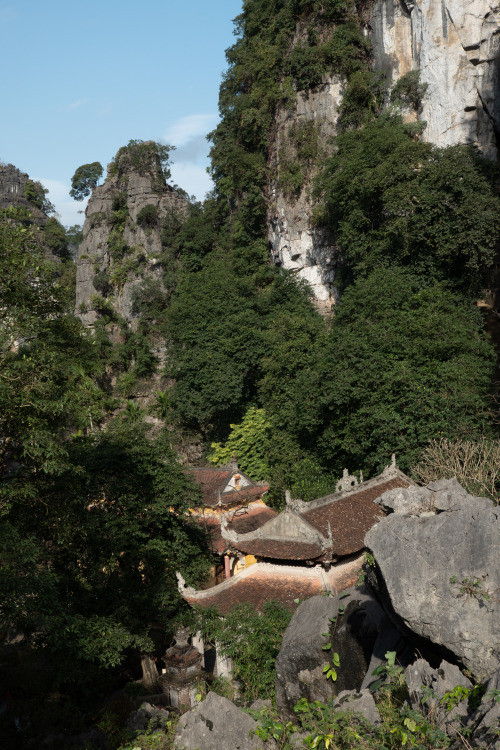
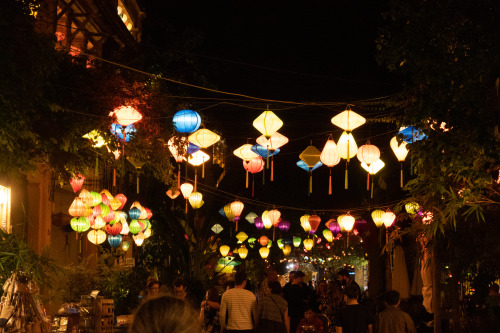








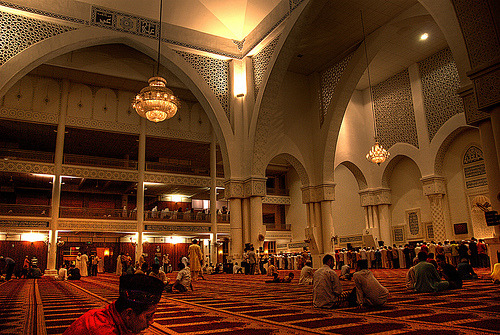





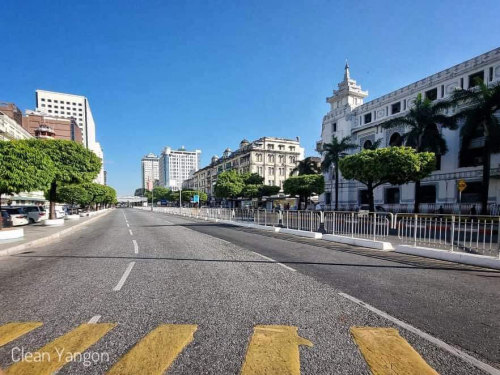



![Amy Lee Sanford, b. USA, 1972Full CircleCambodia (2012)Durational performance[Source], [Source]Roger Amy Lee Sanford, b. USA, 1972Full CircleCambodia (2012)Durational performance[Source], [Source]Roger](https://64.media.tumblr.com/443b3502bcdae2aba4a9e1473b7f24be/tumblr_pc8akga0ih1ug5xwdo1_r1_500.jpg)
![Amy Lee Sanford, b. USA, 1972Full CircleCambodia (2012)Durational performance[Source], [Source]Roger Amy Lee Sanford, b. USA, 1972Full CircleCambodia (2012)Durational performance[Source], [Source]Roger](https://64.media.tumblr.com/7a33302e529a73cff9406552c8b13efe/tumblr_pc8akga0ih1ug5xwdo3_r1_500.jpg)
![Amy Lee Sanford, b. USA, 1972Full CircleCambodia (2012)Durational performance[Source], [Source]Roger Amy Lee Sanford, b. USA, 1972Full CircleCambodia (2012)Durational performance[Source], [Source]Roger](https://64.media.tumblr.com/ce7b6e26dc795407e96ee3b628506c69/tumblr_pc8akga0ih1ug5xwdo2_r1_500.jpg)
![Amy Lee Sanford, b. USA, 1972Full CircleCambodia (2012)Durational performance[Source], [Source]Roger Amy Lee Sanford, b. USA, 1972Full CircleCambodia (2012)Durational performance[Source], [Source]Roger](https://64.media.tumblr.com/22aa74029cecbcc3f30ffb18be85462b/tumblr_pc8akga0ih1ug5xwdo4_r1_500.jpg)
![Hatem El-Mekki / حاتم المكي, b. Indonesia, 1916; d. Tunisia, 2003Self PortraitTunisia (1984)[Source] Hatem El-Mekki / حاتم المكي, b. Indonesia, 1916; d. Tunisia, 2003Self PortraitTunisia (1984)[Source]](https://64.media.tumblr.com/515a691dd7d5f1ba2945e816c3c14df9/tumblr_pc707yGxrY1ug5xwdo1_500.jpg)
![Rodel Tapaya, b. 1980Self PortraitPhilippines[Source]Arndt Fine Art says:At the heart of Rodel Tapay Rodel Tapaya, b. 1980Self PortraitPhilippines[Source]Arndt Fine Art says:At the heart of Rodel Tapay](https://64.media.tumblr.com/c82b7c2bbfea7690c32f49b08f7b1869/tumblr_pc6z9rqCaF1ug5xwdo1_500.jpg)
![Soe Hnin Aung (SNA)SelfMyanmar (2011)Acrylic on Paper[Source]He mostly does abstract stuff. Here’s h Soe Hnin Aung (SNA)SelfMyanmar (2011)Acrylic on Paper[Source]He mostly does abstract stuff. Here’s h](https://64.media.tumblr.com/d9e1248cd25d1bcbb5c0422efbdc4f61/tumblr_pc4d4rgQTu1ug5xwdo1_400.jpg)
![Natalino dos Reis PiresSelf PortraitTimor Leste / East Timor (2007)[Source]Natalino (Anata) dos reis Natalino dos Reis PiresSelf PortraitTimor Leste / East Timor (2007)[Source]Natalino (Anata) dos reis](https://64.media.tumblr.com/7fcabe7630f58463c9fce0817ef05d66/tumblr_pc2ml6e5WE1ug5xwdo1_500.jpg)

